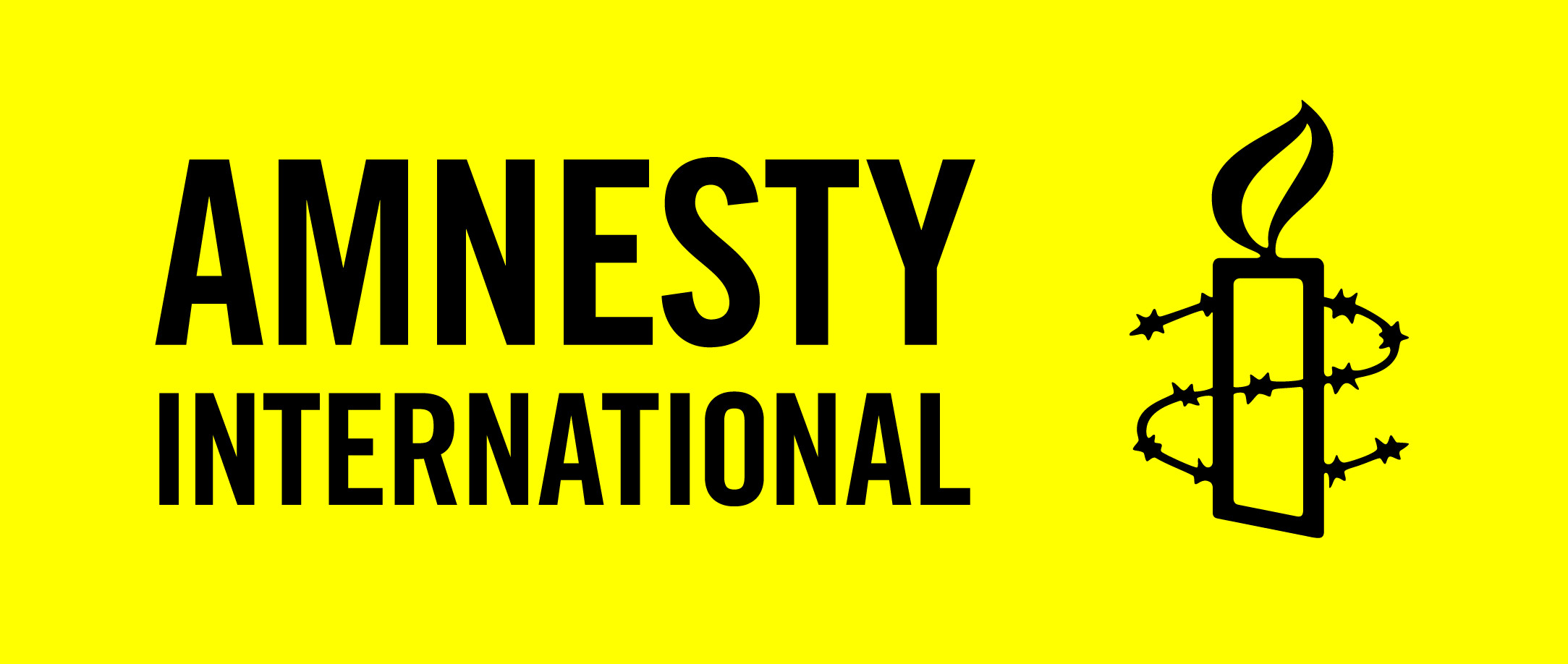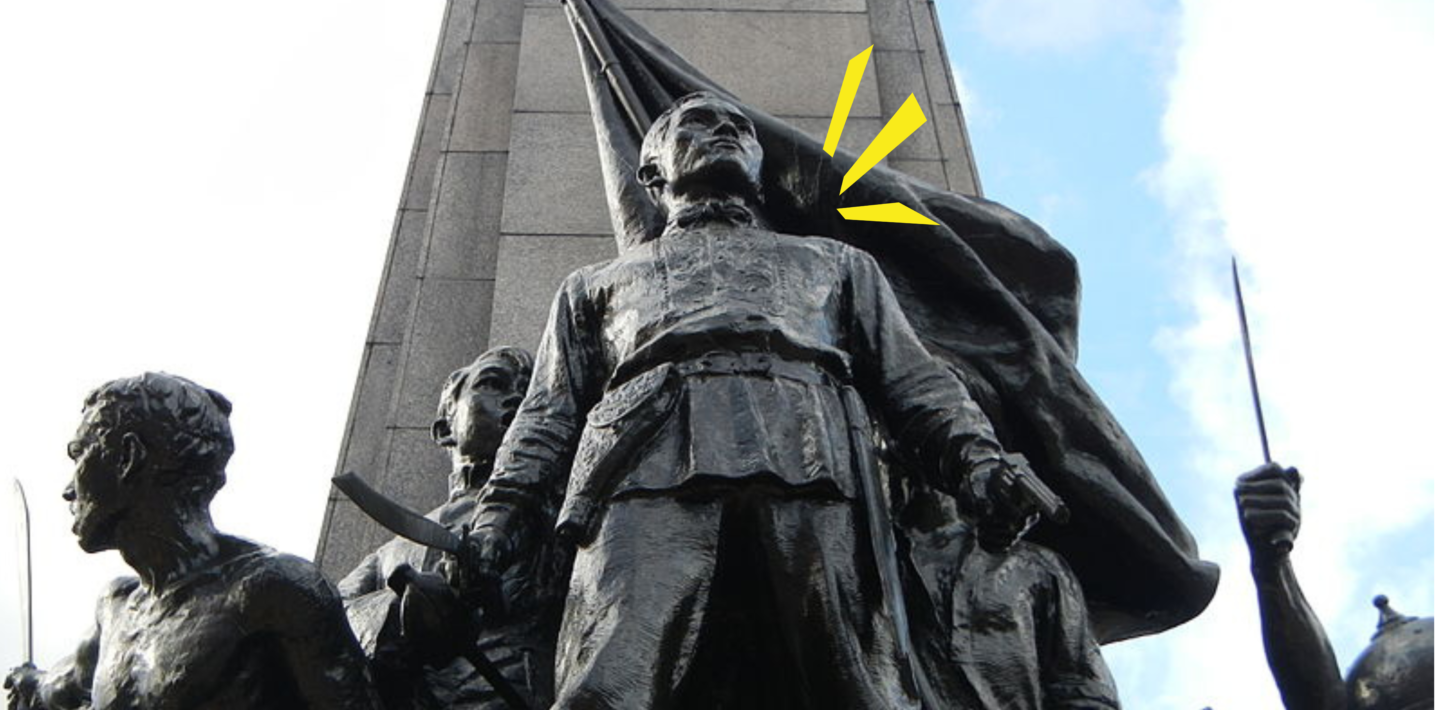One of the earliest recorded protests in the Philippines was a massive rally staged by the first workers’ union in the country, the Union Obrera Democratica de Filipinas, which called for an eight-hour workday and the recognition of May 1 as a public holiday. Over 100,000 people attended, and members of the group were arrested and harassed even in the succeeding months.1
In the 1920s street protests gained popularity as a method of expressing the displeasure of the public. This continued as racial tensions between Filipinos and the US colonizers grew. In January of 1930 a Filipino lettuce picker was beaten and killed by American workers in California. A memorial service attended by 15,000 people turned into a protest rally that called for the Philippines’ independence from the United States of America. A month after, students staged protests against an American teacher who insulted her students – they invited their parents and other sympathizers to join them in calling for her dismissal.2
In the early 1930s the Sakdal movement gained momentum all around Luzon. While some of their calls are hallmarks of the era – such as “absolute and immediate” independence – a lot of their demands remain rooted in human rights issues we continue to see to this day, such as the protection of workers’ rights and the use of regional languages in public schools. In 1931 they launched a movement called Mapayapang Pagsuway (Peaceful Disobedience) inspired by the nonviolent civil disobedience movement in India. Members boycotted foreign goods, refused to pay taxes, pulled their children out of pro-foreign schools and refused patronage to stores that were unsympathetic to their cause. Their movement was harassed by police and municipal officials resulting in Sakdalistas taking to the streets in protest. Things came to a head in 1935 when a nonviolent campaign devolved into armed conflict between Sakdalistas and the Philippine Constabulary in several towns around Manila. Many protesters died and were injured and shortly thereafter the movement collapsed.3
In September 1945, just a month after the Japanese surrender, 50,000 farmers and laborers marched to Malacanang demanding better working conditoins and the release of their leaders who had been imprisoned and a 60-40 sharing system in the province. While some of their demands were met by the President, para-military groups were formed and routinely harassed peasants, being particularly violent against rural women.4
Throughout history, protest has been a powerful tool for change. But governments around the world are cracking down on protests and it must be protected.
Protect the protest
Add your voice to our global call to protect the protest and join our campaign today.


